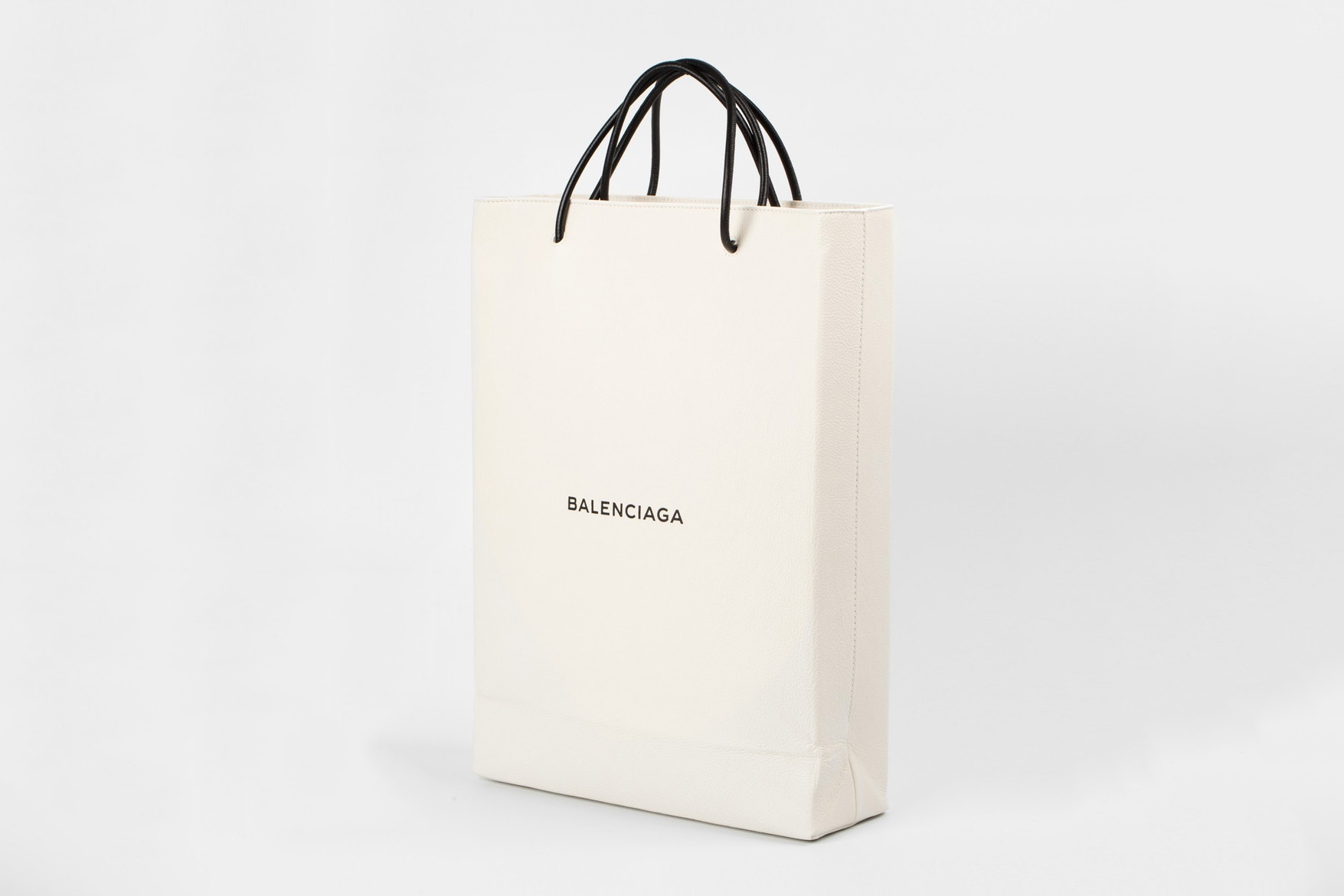They say that Vetements is the most radical thing that came out of Paris in the last decade. The shock that Vetements caused is reasonable. We could say that the fashion audience is too conservative to accept the idea that fashion has to change. And this change is what Vetements are talking about, the last three years, through their collections. It’s not about impressionism anymore in fashion, it is about pragmatism. For Vetements anyway.
Last year, fashion people never stopped talking about the label’s fall/winter menswear collection. It was outstanding, probably because it was from, and for ordinary people. Consequently, the representation included models of all genders, races, and ages wearing the menswear collection. Vetements don’t create useless fashion in order to sustain the commercialized ideals of beauty. Actually Demna Gvasalia, the creative director of the brand, once said “We just want to create clothes that people want to have” and that’s about it.
This year, for their Fall/Winter 2018 collection, the design collective set-up its fashion show at the world’s oldest antique market in Paris, Paul Bert Serpette. Being in a multicultural flea-market, hearing loud electronic beats, felt so energetic. The collection as well was that energetic and multicultural. The grunge style that Gvasalia tried to re-establish, with scarves tied around shoulders and jumpers and shirts tied around waists and coats worn on top of coats, was in typical Vetements style. The models’ bulky silhouettes though, reminded a lot Maison Margiela. For that reason the Georgian-born designer was accused of copying, even though he came clear with an i-D interview stating that “I went back to my roots as a designer, I went back to Margiela [..] I wanted to show what Margiela means for me and for Vetements”.
The references that this collection was built on are obvious. Consequently, the purpose of this collection is also clear, for those who can see. Vetements, apart from the heavy layering and the Tabi-boots, showed us the urgency of recycling and upcycling. It wasn’t by mistake that the clothes looked so old and worn as if they could have been bought from a flea-market (see what we did here?) or a second-hand shop. It doesn’t surprise us the bad reaction that the fashion world had to this collection. After all, we do not admire what we cannot understand.


